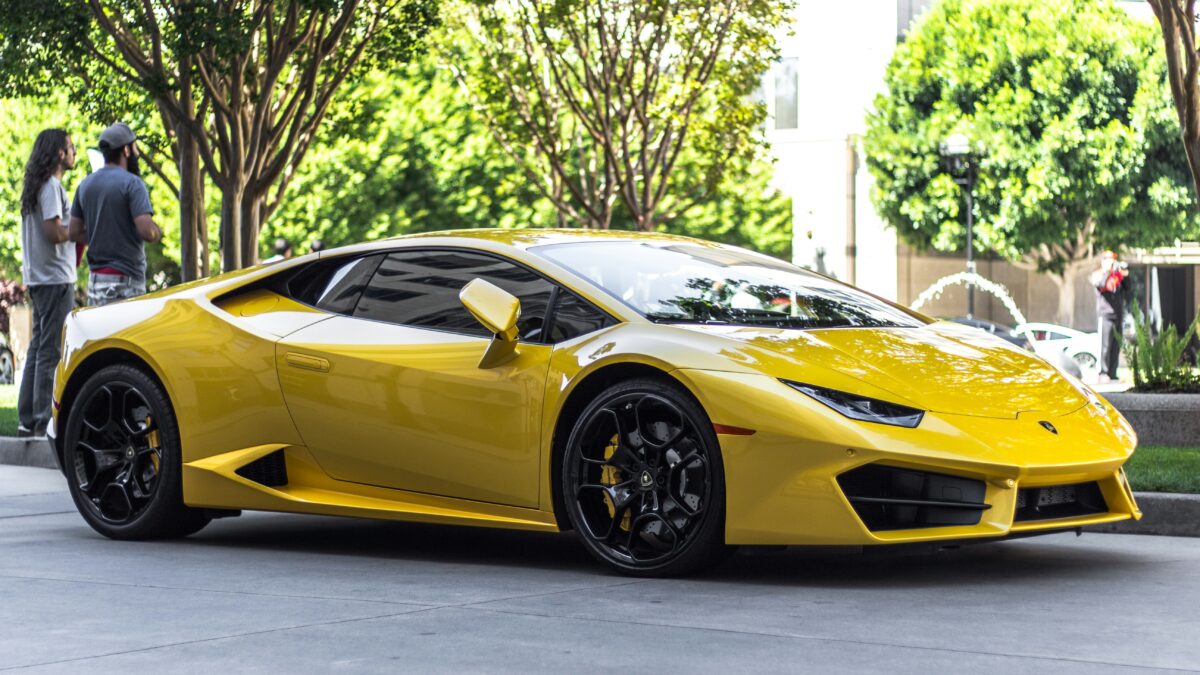Why Regulators Can’t Keep Up With Headlight Innovation
Headlight innovation is lighting up the automotive industry.
In the last few years, we’ve seen automakers introduce everything from hidden light technology to projector headlights. All of which has gotten a stamp of approval from drivers worldwide. Despite the badass appearance, headlight innovation is redefining safe driving practices. Now safety and design are going hand in hand.
This summer, Ford successfully integrated a GPS-powered lighting system that allows your vehicle to adjust its lighting based on the trajectory of your travels. Not only can you trust your car to keep you within your lane, these ultramodern headlamps improve your driving security at night.

A shake up like this has led to a revolutionary time in headlight history. Automakers are really pushing the limits on headlight innovation, so much so that U.S. regulators are having trouble keeping up with the times. America, in particular, enforces some of the strictest headlamp regulations worldwide.
While the technology has arrived, it’s up to regulators to approve its legality here in the U.S. It’s an issue that has been put on the back burner too many times, creating quite a stir amongst automakers. Especially those who are desperately looking to expose the U.S. market to their exceptional headlight innovation.
Why a headlight revolution is long overdue
Prior to recently, headlight innovation had been moving at a slow pace in comparison to other automotive advancements. For the better half of the 20th century, headlamps were often an afterthought. It wasn’t until 1957 when regulators allowed the use of four sealed beam headlights that safety started to supersede the decisions behind headlight regulations. Fads like pop-up headlights and tinting the inner high beams yellow quickly lost its charm for safety reasons. Instead, we saw decades of idling innovation, with little wiggle room for a bold new take.
The main priority became replacing halogen bulbs with HID and LED lighting. These bulbs offered a stronger and safer illumination for vehicles at night without over exceeding exposure to drivers and pedestrians nearby. These types of headlights now make up the majority of lighting systems you see on the road today.
What’s going on in headlight innovation?
The big talk in headlight innovation has been adaptive driving beams. While Europeans have been enjoying the advantages of this highly developed lighting system for years, U.S. regulators continue to dismiss its approval.
Those auto enthusiasts who have had the pleasure of driving a vehicle with adaptive driving beams understand it is the future of safe driving. These headlamps have the technology to keep roads illuminated at all times, while also accounting for oncoming traffic and the growing concern for headlight blinding.
What’s keeping regulators from approving this unparalleled headlight technology? A law that was passed back in the 1960’s. Known as the Federal Motor Vehicle Safety Standard 108, or FMVSS 108 for short, this law put a code of regulations into effect regarding headlight safety.
More specifically, this regulation states that low beams and high beams can not be in use simultaneously. Therefore, disregarding the very existence and groundbreaking innovation behind adaptive driving beams.
Piggybacking off a law that is decades old further emphasizes how the U.S. is falling behind in headlight innovation. Automakers, like Audi, who’ve introduced such amazing innovations such as the e-tron Sportback Digital Matrix headlights, are sitting idle. They must adhere to the current regulations in place until any changes are made.
In the hands of the NHTSA
All said and done, regulators have been dancing around this issue for some time now. As headlight innovation improves, U.S. drivers must sit back and wait for these innovations to make landfall. Unfortunately, there are only a few things holding us back from embracing a new and proven safer lighting system.
It’s with great hope that U.S. regulators will take a leap faith soon. Hopefully they’ll come to embrace this new era of headlight innovation, just as global consumers have already done. The continual push by car enthusiast organizations and automakers alike will help get us there, just not yet.
Do you think it’s time for regulators to approve adaptive driving beams? Share your thoughts below.















Yes, it’s time. These old laws need to be revisited.